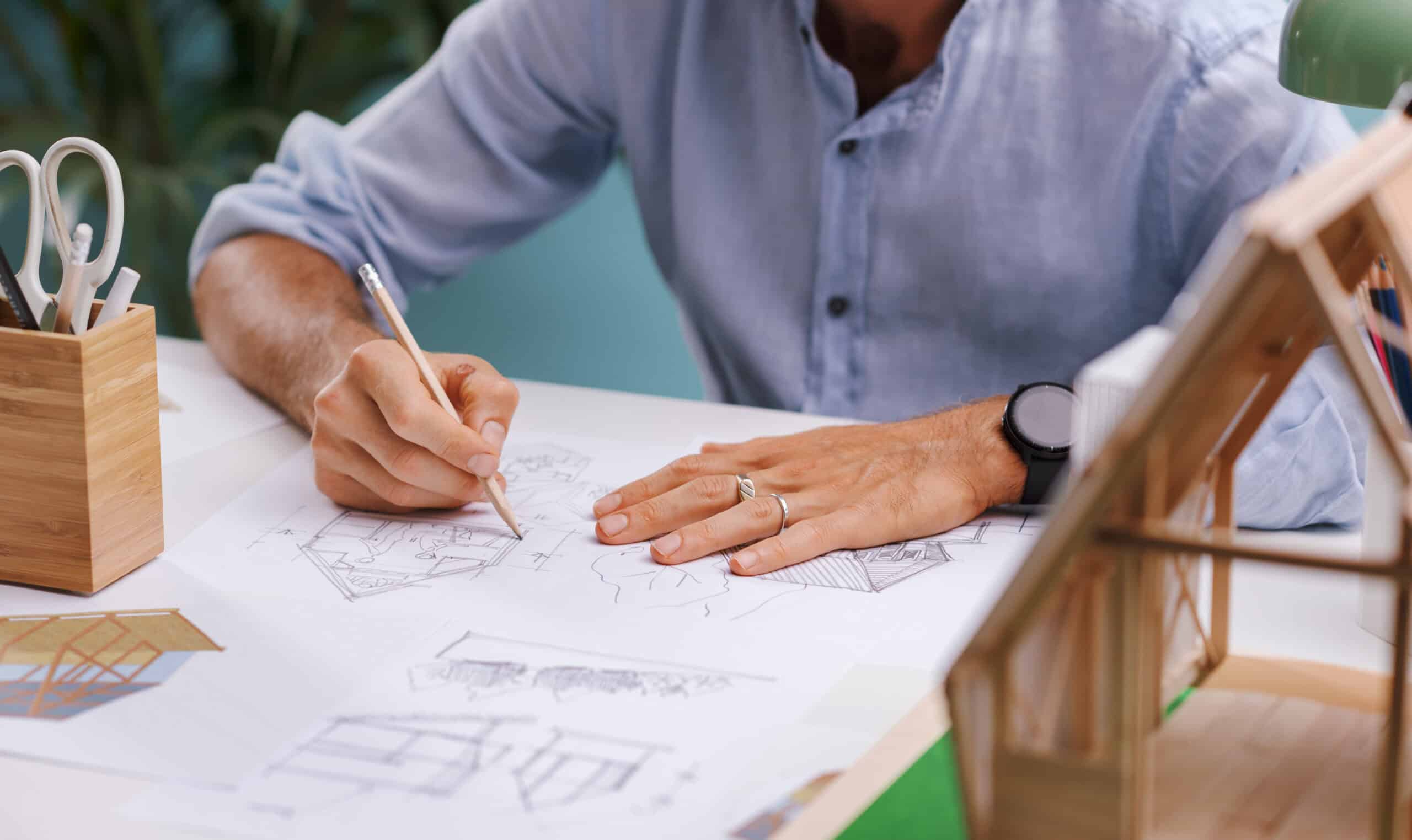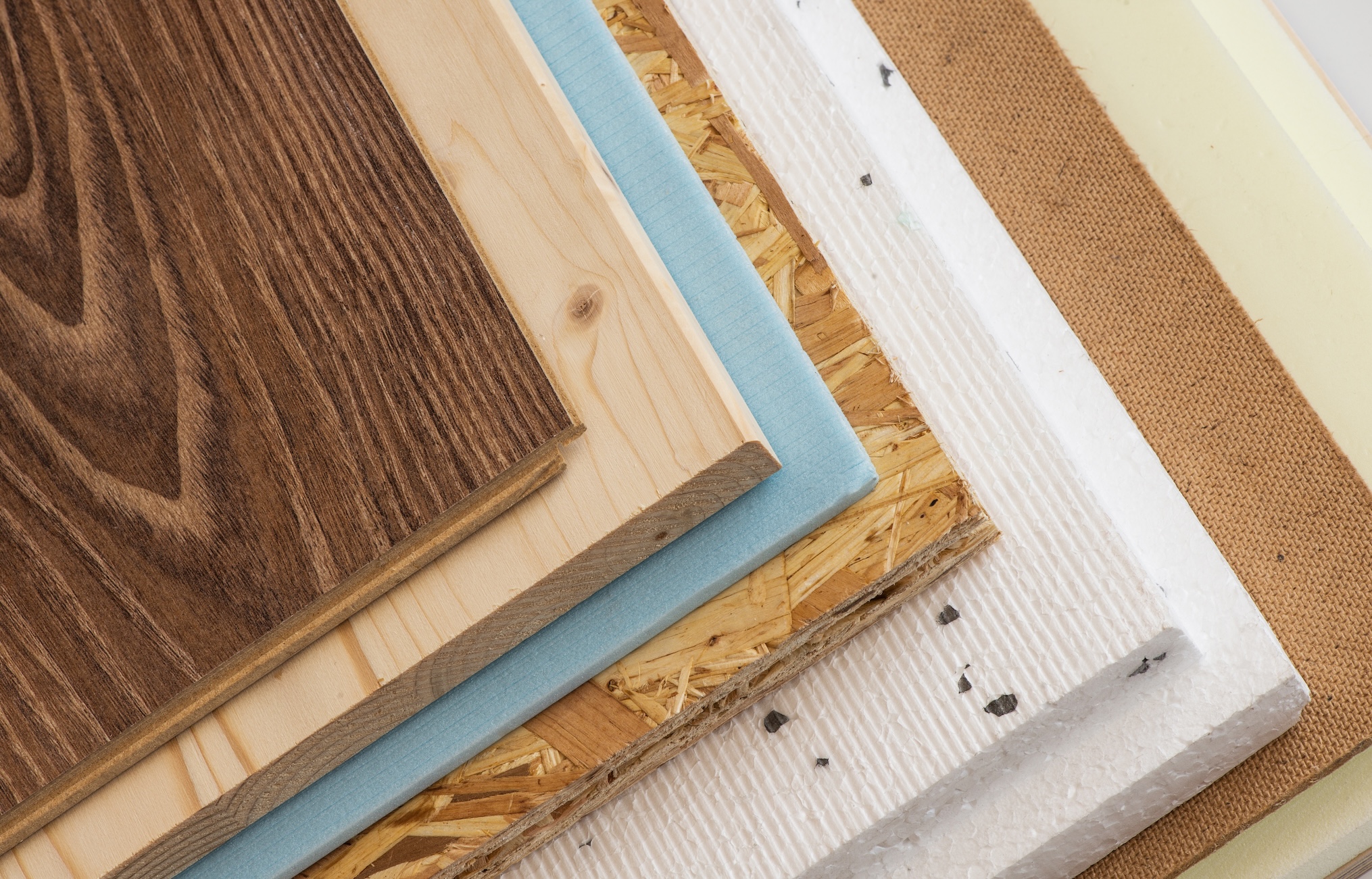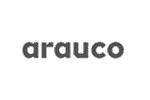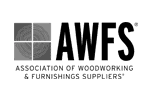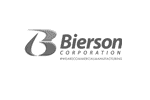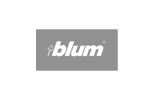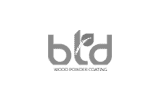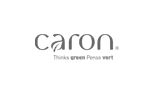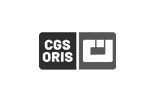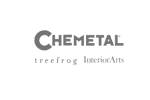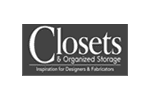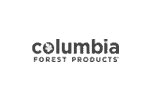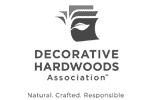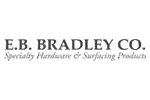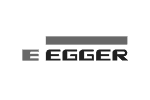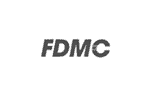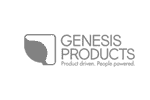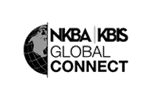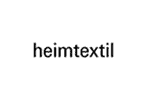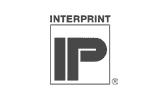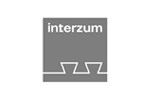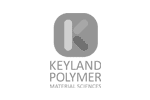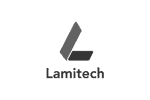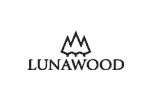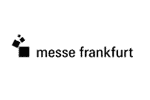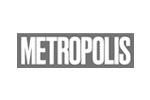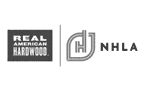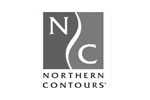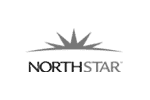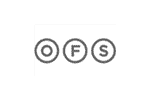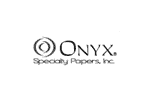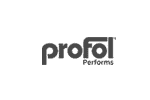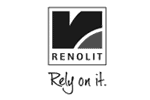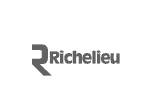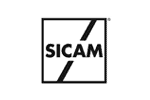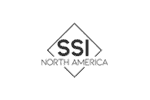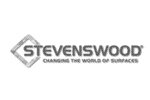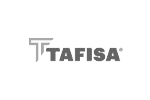Uniboard’s Secret Weapon: Design 360,
A Complete Digital Solution for Design Software
Interiors and furniture are designed, refined and sold on screens. It’s the first place most people will ever lay eyes on a material as they search for the perfect finish for their kitchen or the next hotel brand launch.
If your material files happen to look so good it that they make designers’ concepts and renderings look incredible, the design community will take notice.
Just ask Uniboard.
Uniboard Canada is leading producer of decorative TFL panels in North America, with a long reputation for pushing boundaries. Beginning in the mid 1990s with Uniboard driving, TFL began its journey from a commodity panel for cabinet interiors to a durable and convincingly realistic alternative to solid woods and veneers. In 2016 Uniboard was the first North American TFL manufacturer to launch a synchronized a synchronized embossed-in-register (EIR) texture. High-fidelity printed designs are now “synchronized” with carefully engineered textures, perfectly aligning every knot and tick to create wood surfaces that are increasingly used as a responsible go-to alternative for high-use applications, and where design consistency and cost efficiency are important to the project.

Many of these woodgrain designs are so realistic, woodworking industry veterans are hard-pressed to tell them from solid wood or veneer … even when they’re holding panels in their hands.
Which brings us back to the beginning of our story. How would someone who’s designing or browsing on a screen ever see how incredible these materials look in real life?
Uniboard’s answer is Design 360: Ultra high-resolution scans of the company’s finished TFL panels, available in files compatible with all of today’s top design software.
“We’ve made sure our files work on every platform – 20/20, Sketchup, Revvit, CabinetVision, Vectorworks, Autodesk – by working directly with the design software companies,” says Ariane Bouchard, Marketing Specialist for Uniboard. “In many cases our designs and textures are already in the program’s catalog. And for users of SketchUp, for example, we’ve created a library in 3D Warehouse, so our designs are accessible to everyone.
“In addition to high resolution files, we provide animated GIFs, which are short animations using a light effect to show the gloss level and the texture of each finish.”
Uniboard’s approach to digitally cataloging their decorative panels sets a new standard for the industry in three ways:
- The scans can be up to 900 dpi – incredibly high resolution for close-up fidelity and realistic detail
- The entire 4×8’ panels are scanned with the woodgrain character in place, so designers can position the panels to control the nature of each face in their project
- The panels’ textures are also scanned – not just the color and contrast – for accurate rendering behavior in
applications that allow control over lighting sources
By scanning their finished panels, instead of attempting to approximate a finished-panel look using files supplied by décor paper printers, Design 360 has given Uniboard a true advantage. No matter how many hours a software genius puts into creating a virtual panel surface, it still looks more virtual than real. The Design 360 files, on the other hand, help designers create digital mockups that look like photos of an actual room or piece of furniture.
And who doesn’t want their designs to look as realistic as possible?
“This all started as a pretty small project,” says Don Raymond, Vice President of Marketing and Sales for Uniboard. “Our industry has traditionally shown only small parts of their panel designs online. We were getting so many requests to show the entire panel so they could see the full character of the design. Then they asked for files in high resolution. Then they asked for them in specific formats compatible with their design software.
“So we decided, ‘If we’re going to do this, we need to do it right.’ Let’s give them exactly the tools they are asking for.”
The entire process began over two years ago. Scanning the panels themselves took nine months.
“We knew people would find this useful, but we didn’t expect it to be such a huge success,” says Bouchard. “We’re hearing from architects and designers that our files are the best quality they’ve ever seen.”
Design 360 Files Make Renderings Far More Realistic
Increase your Material Intelligence:
Subscribe now!Uniboard has long been a leader in North American TFL design. They were the first major producer to master synchronized textures, and have just introduced a high-resolution library of decorative panel scans compatible with all major design software products.
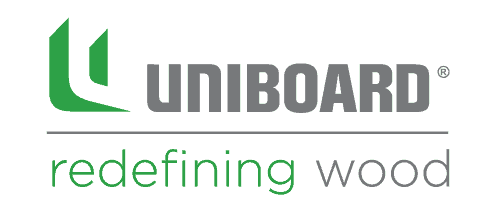
Below: Hiddenbed Canada Direct Uses Uniboard TFL to Create Functional Solutions

K34, Dorato Natural

K36 Soho
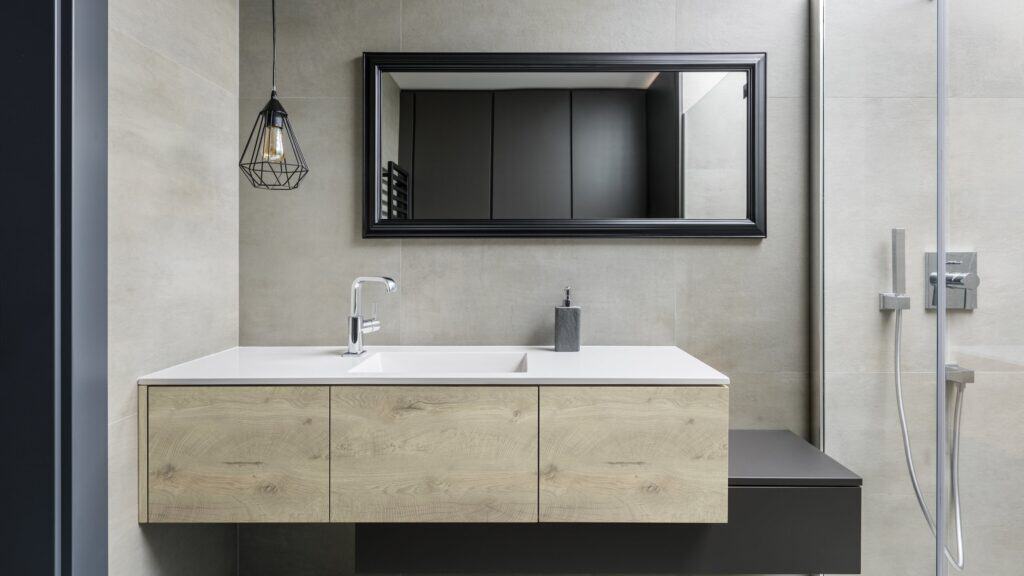
K34, Dorato Natural
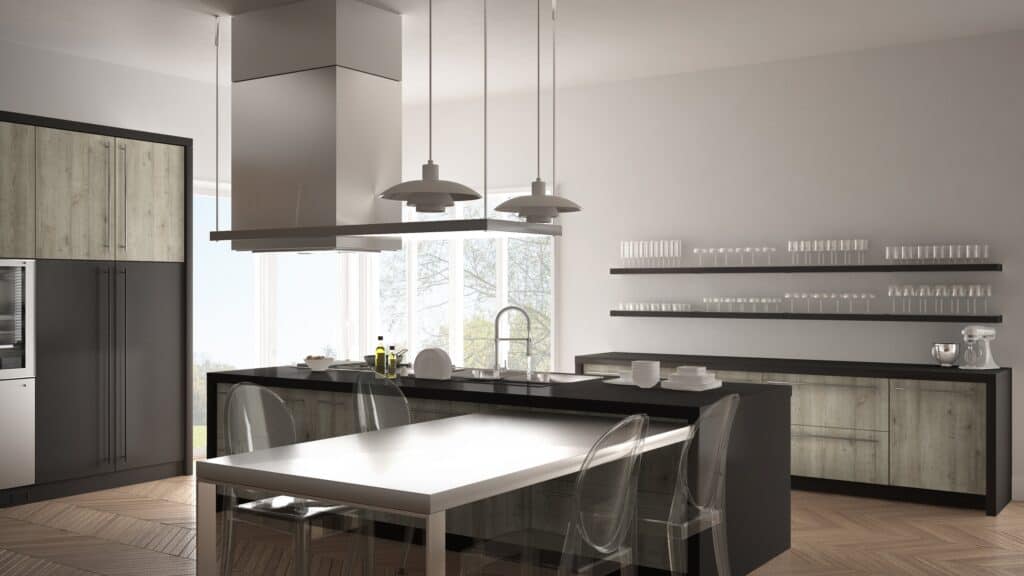
K30 Spectra






